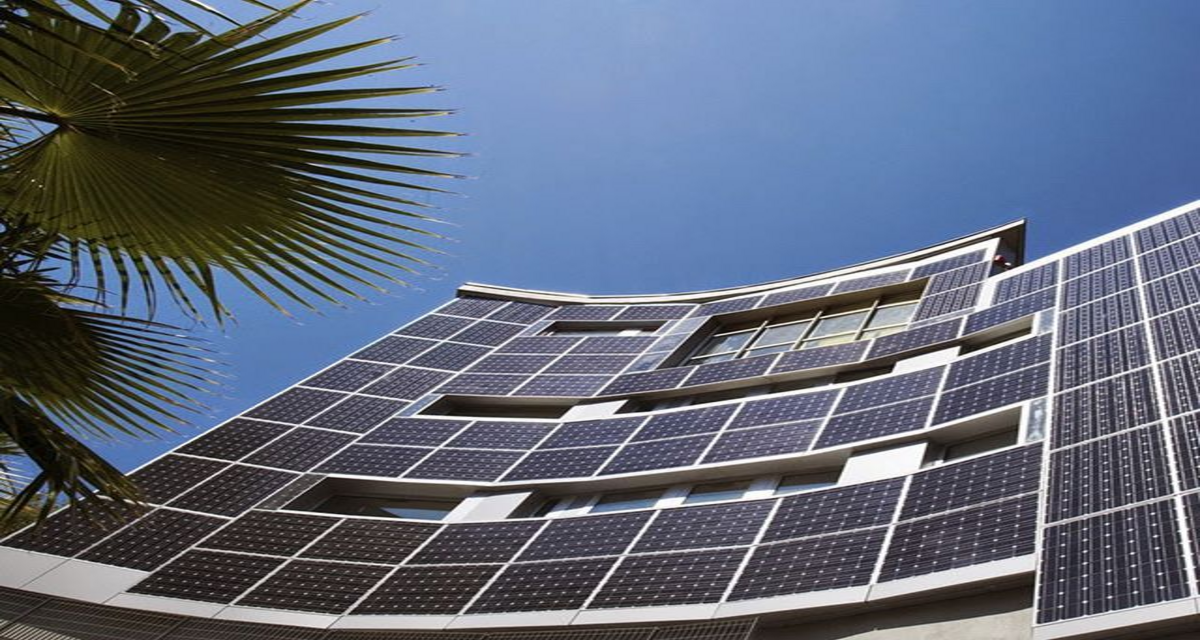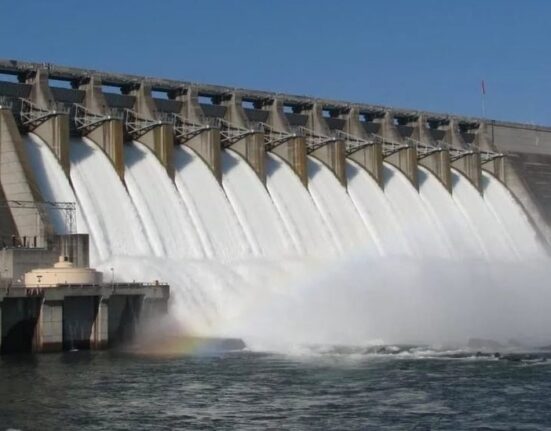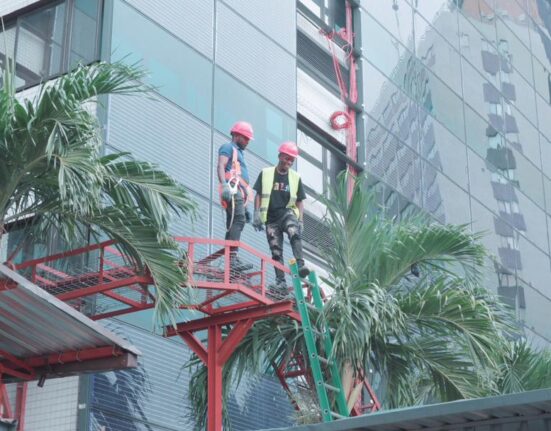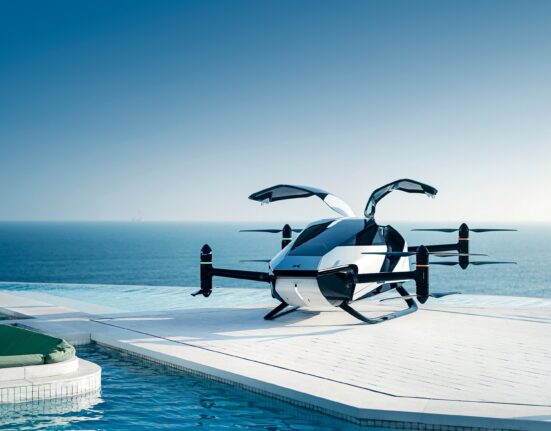Building-integrated photovoltaics (BIPV) have two functions: they cover a building’s exterior and produce power that can be used on-site or exported to the grid. Can minimize pollution, save money on materials and electricity, and improve the aesthetic appeal of a structure.
Building-integrated photovoltaics (BIPV) are sustainable energy solutions that contribute to the net – zero de-carbonization scenario. They are advanced technology products or systems capable of generating clean and green energy which are seamlessly merged into a building’s exterior as well as part of building elements such as roofs, façades, or windows. This technology can be applied to any structure or building not limited to parks, bus stations, EV charging points, hospitality centers, green farm houses, stadia, sport complexes, residential or high rise buildings, etc.
Building-integrated photovoltaics (BIPV) have two functions: they cover a building’s exterior and produce power that can be used on-site or exported to the grid. BIPV systems can minimize pollution, save money on materials and electricity, and improve the aesthetic appeal of a structure. Although they can be retrofitted onto a building, BIPV systems perform best when they are incorporated into the initial building design. Builders can lower the incremental cost of PV systems and eliminate the expenditures and design challenges associated with separate mounting systems by substituting PV for standard materials during the original building phase.
 Sterling Towers: A Building Integrated Photovoltaic Structure in Lagos, Nigeria
Sterling Towers: A Building Integrated Photovoltaic Structure in Lagos, Nigeria
The planning for the addition of building-integrated PV systems should occur during the architectural design phase. During a retrofit, building-added PV (BAPV) is planned and constructed. BIPV and BAPV are devoid of the racks and mounting hardware found in conventional PV systems. The majority of integrated solar system designers will take into account a range of solar technologies and their potential applications in comparison to the unique needs of building occupants. For instance, semi-transparent thin-film photovoltaics (PV) can enable natural day illumination, and solar thermal systems can harvest heat energy for the production of hot water or the capacity to heat and cool spaces.
Applications for Building-Integrated Photovoltaics Façade – Semi-transparent thin-film or crystalline solar panels can be used to cover the sides of buildings in place of typical glass windows. However, when compared to rooftop systems, these surfaces receive less direct sunlight, but often have more space available. PV panels can also be utilized as a cover for unsightly or damaged building exteriors in retrofit applications.
Rooftops
In some instances, PV material takes the role of the roofing material or, in certain situations, the roof itself. Some businesses provide integrated, single-piece laminated glass solar rooftops, while others provide solar “shingles” that can be installed in place of standard roof shingles.
Glazing
Semi-transparent surfaces that let light pass through while also producing power can be made using incredibly thin solar cells. These are frequently used to build greenhouses or PV skylights.
Design considerations for buildings
Planning for environmental and structural elements, both of which affect the economics, aesthetics, and general performance of any solar system, is essential to optimizing the value of a BIPV system.
Environmental Elements
The term “insolation” refers to the average solar radiation received, which is often measured in kWh/m2/day. It is the most typical way to express how much solar energy is available in a specific location.
Climate and weather
High ambient temperatures can reduce solar systems’ output, while clouds and rainfall patterns can have an impact on system production and upkeep requirements. High air pollution levels may necessitate routine cleaning to improve effectiveness.
Trees, adjacent structures, and other objects can obstruct the sun, lowering the output of a PV system. The ideal tilt angle for solar panels to receive solar radiation depends on latitude, or distance from the equator.
Structural elements
Building energy requirements – When designing a BIPV system, it is important to consider if the building will need batteries or other on-site energy storage systems in order to run completely independently of the electrical grid.
Design of the PV system is based on the energy requirements of the building as well as any structural or aesthetic constraints that may restrict material options. Crystalline silicon panels produce more electricity per square meter, but they are more expensive and have more restrictions on their design. Thin-film materials are less expensive and easier to integrate onto more surfaces, but they produce less electricity per square meter.











Leave feedback about this